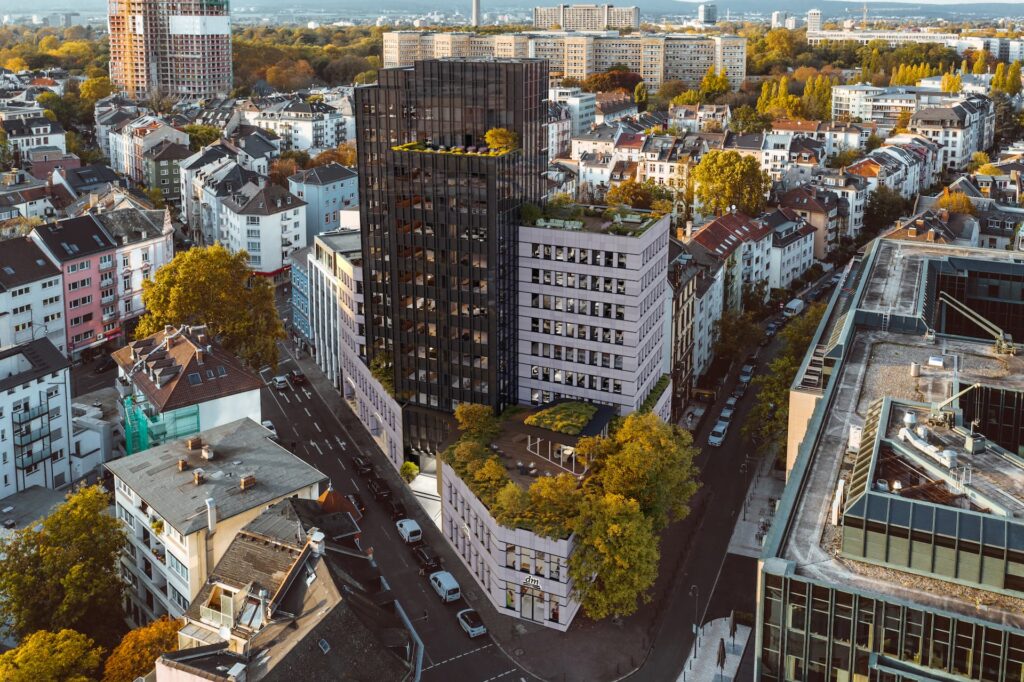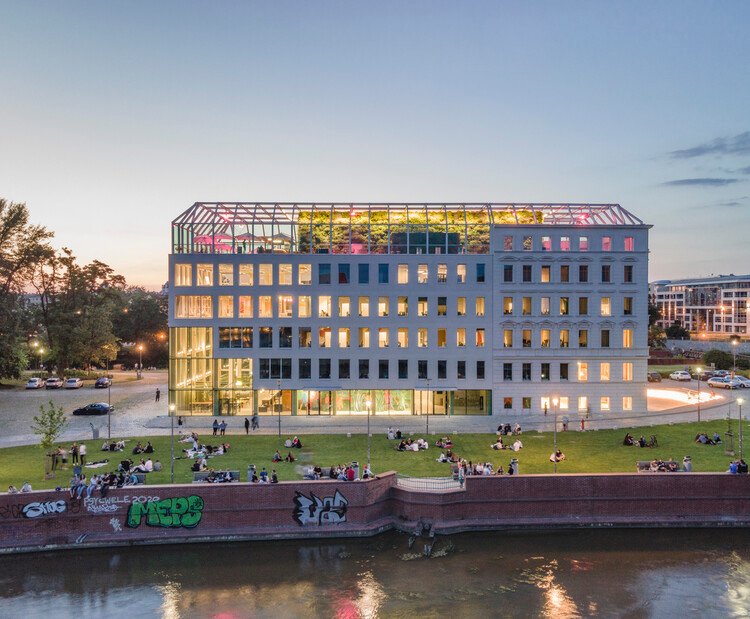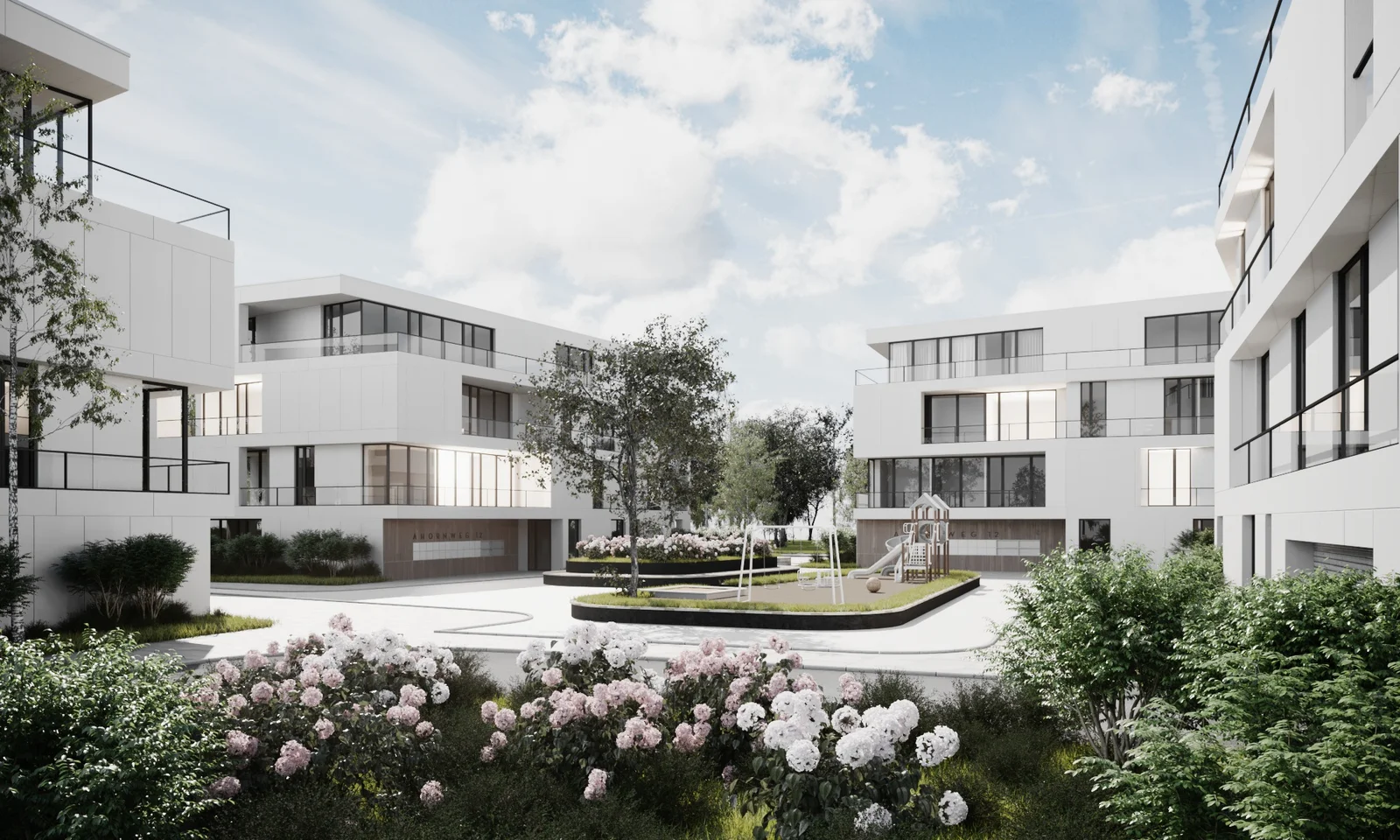Color Concepts in 3D Visualizations: A Complete Guide
Visualizations are crucial in various fields, from data science to game development, and are a handy tool for interpreting complex data. One of the most significant aspects of these visualizations is color. Color not only adds aesthetic value to the visualizations but also plays a crucial role in conveying information accurately and effectively. This post will guide you through the basic color concepts you need to understand when working with 3D visualizations. We’ll explore everything from the fundamental attributes of color to the use of color in 3D visualizations.
Understanding the Basic Color Concepts
Before diving into the application of color in 3D visualizations, it is crucial to understand the basic color concepts. These concepts will be the foundation of how you apply color to your 3D visualizations. They include the color wheel, color harmony, and the psychology of color.
The Color Wheel
The color wheel is a fundamental tool used in understanding and applying color concepts. It is a circular diagram of colors arranged by their chromatic relationship. The color wheel consists of primary colors (red, blue, and yellow), secondary colors (created by mixing primary colors), and tertiary colors (created by mixing primary and secondary colors).
Color Harmony
Color harmony involves the arrangement of colors in a way that is pleasing to the eye. It creates an inner sense of order, a visual experience that is both appealing and effective in capturing attention. Understanding color harmony is crucial when choosing colors for your 3D visualizations.
The Psychology of Color
The psychology of color refers to how colors can affect human behavior and emotions. Different colors can evoke different feelings and responses. For instance, red can invoke feelings of excitement or urgency, while blue can create a sense of calm and trust. Understanding the psychology of color is essential in communicating effectively through your 3D visualizations.
Understanding Color in 3D Visualizations
The Role of Color in 3D Visualizations
Color plays a crucial role in 3D visualizations by providing depth, distinguishing different elements, and creating visual interest. It helps to enhance the realism of the model, making it easier for viewers to understand the data or design. Applying color accurately in 3D visualizations can help in effectively communicating the intended message or concept.
In architectural and product design, for instance, color can bring a model to life, making it more appealing and realistic. In data visualization, color can be used to represent different data sets, highlight important data points, or indicate changes and trends over time.
The Psychology of Colors in 3D Visualizations
Understanding color psychology can be beneficial in creating effective 3D visualizations. Different colors can evoke different emotions and reactions. For example, red can signify importance or urgency, while blue can convey tranquility or trust. Therefore, it’s essential to choose colors that align with the message or emotion you want to convey through your visualization.
Moreover, cultural differences can also influence how colors are perceived. For instance, while white is often associated with purity and innocence in Western cultures, it symbolizes mourning in some Eastern cultures. Therefore, considering your audience’s cultural background when choosing colors can be crucial.
Techniques for Implementing Color in 3D Visualizations
Using Color Schemes
One effective method for implementing color in 3D visualizations is the use of color schemes. A color scheme is a set of colors that are used together to create a visually pleasing and coherent design. There are several types of color schemes, such as monochromatic, analogous, complementary, and triadic, each offering a different visual effect.
For instance, a monochromatic color scheme, which involves various shades, tints, and tones of a single color, can create a harmonious and balanced look. On the other hand, a complementary color scheme, which pairs colors that are opposite each other on the color wheel, can create a vibrant and high-contrast look.
Using Color Mapping
Another technique is color mapping, which is especially useful in data visualization. Color mapping involves assigning different colors to different data values, helping to distinguish between data sets and highlight patterns or trends in the data.
This technique can be used in a variety of ways. For example, a heat map uses color mapping to represent different data values as different colors, with higher values typically represented by warmer colors and lower values by cooler colors. Similarly, in a choropleth map, different geographic areas are colored differently based on the data values they represent.
Using color effectively in 3D visualizations can greatly enhance their effectiveness and impact. By understanding color concepts and using techniques like color schemes and color mapping, you can create powerful and engaging visualizations that effectively communicate your message or concept.In conclusion, understanding and implementing color concepts in 3D visualizations is crucial for creating impactful and meaningful visual representations. This complete guide has provided valuable insights into how color can be used to enhance the clarity, readability, and aesthetic appeal of 3D visualizations. Whether you are a seasoned professional or a beginner in the field, mastering these color concepts can significantly elevate your 3D visualization skills. Remember, effective color use in 3D visualizations can not only capture the viewer’s attention but also aid in accurate data interpretation and understanding.







